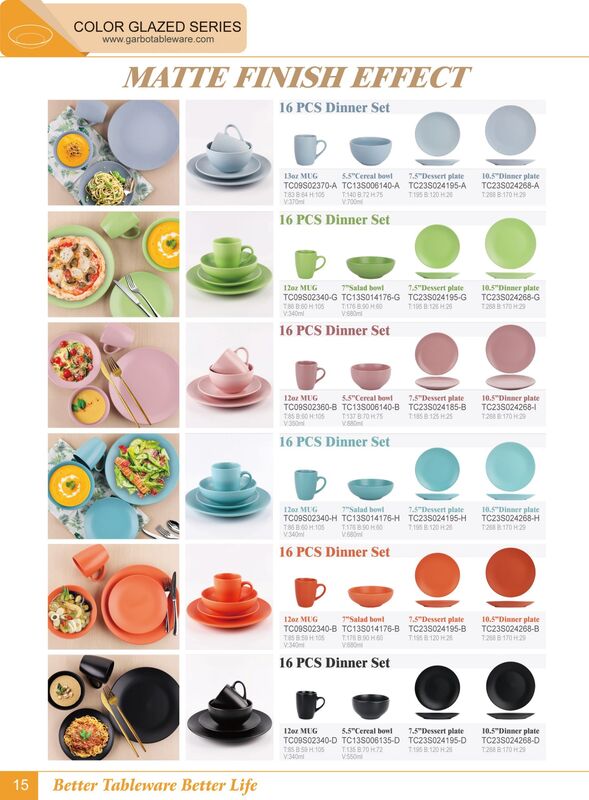Pulished on Jun. 04, 2020
Stoneware, a ceramic that is fired at a high temperature of about 1,200°C to achieve vitrification (that is, similar to glass, liquid impermeable). Because the stoneware is dense, the glaze is only for decoration. Stoneware originated from China in about 1400 BC and exported to Europe in the 17th century. These red to dark brown stoneware were copied and imitated successively by Germany, Britain and the Netherlands.
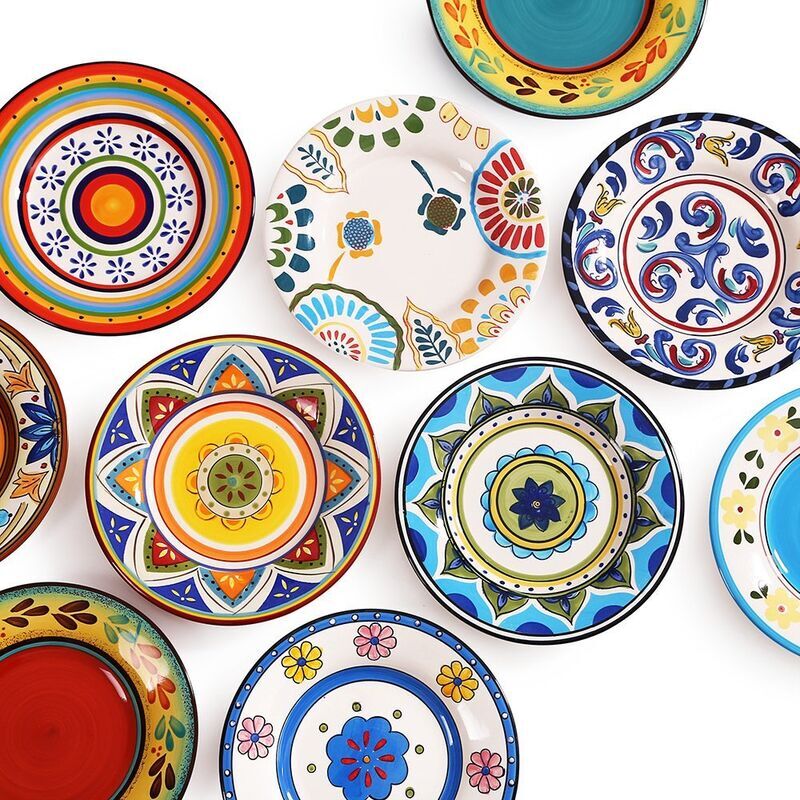
Stoneware is a ceramic product between pottery and porcelain. It is characterized by hard body and high mechanical strength. According to the impurities contained in the raw materials, the green body can be grayish white to reddish brown. Such as casserole and acid-resistant ceramics. The porosity of the stoneware body is very low, and the body is fine and sintered. The water absorption is usually less than 6%. The difference between stoneware and porcelain is that most stoneware bodies are colored and have no translucency.
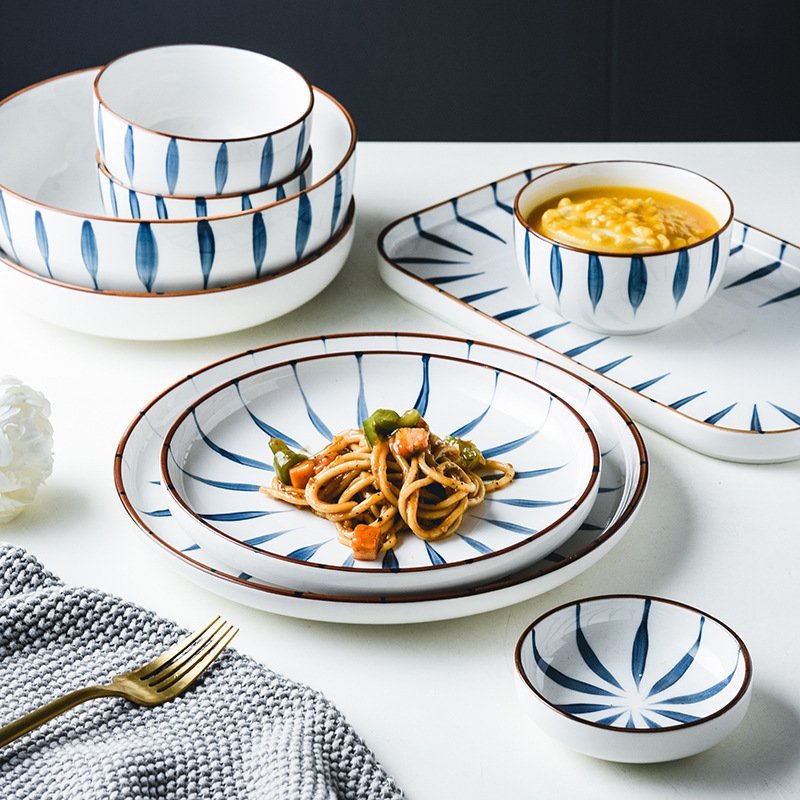
According to the compactness, uniformity and roughness of the blanks, stoneware can be divided into two categories: rough stoneware and fine stoneware. Rough stoneware is commonly found in industrial acid-resistant chemical ceramics, architectural ceramics and cylinderware, while fine stoneware is commonly found in daily stoneware and furnishings. Generally, the process of producing daily stoneware is similar to porcelain, and it is also made of clay, feldspar, quartz and other raw materials. Compared with porcelain, the amount of clay in the blank is more, and the control of impurities is not as strict as that of porcelain, while the amount of feldspar is much less than that of porcelain. Kaolin, waste porcelain powder and talc are sometimes added to the stoneware, which is conducive to the improvement of thermal stability and strength, and increases the sintering range.
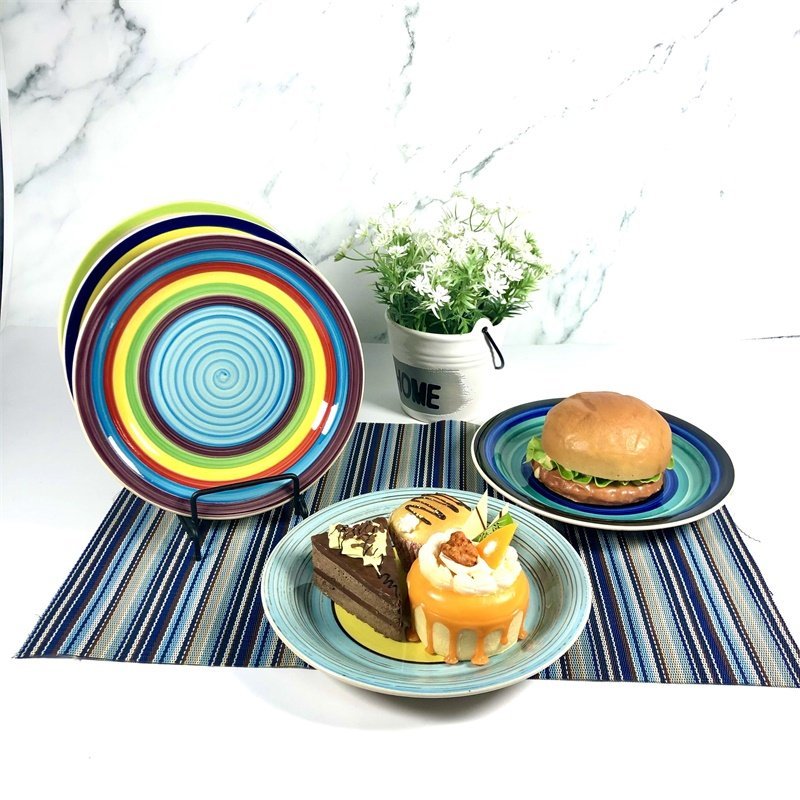
The firing temperature of the stoneware can be as low as 1160°C and as high as 1350°C according to the content of the melting amount. It can be fired twice with low-temperature fusible glaze, or it can be fired with high-temperature raw glaze at one time. According to statistics at home and abroad, the range of chemical composition of stoneware blanks is roughly as follows: sio2 55-65%; Al2O3 25-35°C; total flux oxides 5-8%. The mechanical strength and thermal stability of stoneware are much better than porcelain.
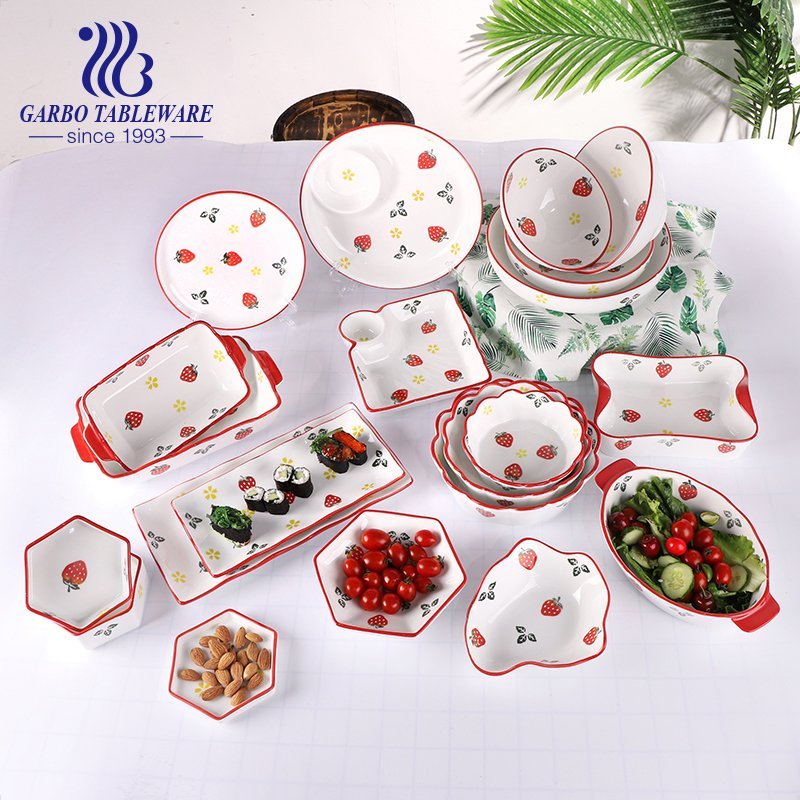
Moreover, since it can use relatively inferior clay raw materials, the cost is also lower than porcelain, so it is suitable for the production of hotel porcelain. Because it can meet the requirements of dishwashers, sterilizers, steaming, baking, etc., it has been more and more adopted in the international market.
The decoration of daily stoneware, common colored glaze and underglaze painting. Such as corn yellow glaze, light coffee glaze, brown red glaze, light yellow glaze and so on. Indica color painting often uses pen patterns. This decoration method has low cost and good effect. Compared with porcelain, the thermal conductivity is worse than porcelain, the thermal stability is better than porcelain, and the strength is higher. In addition, stoneware can be made of materials with poor materials, and the price is lower than that of porcelain. And suitable for mechanized scrubbing.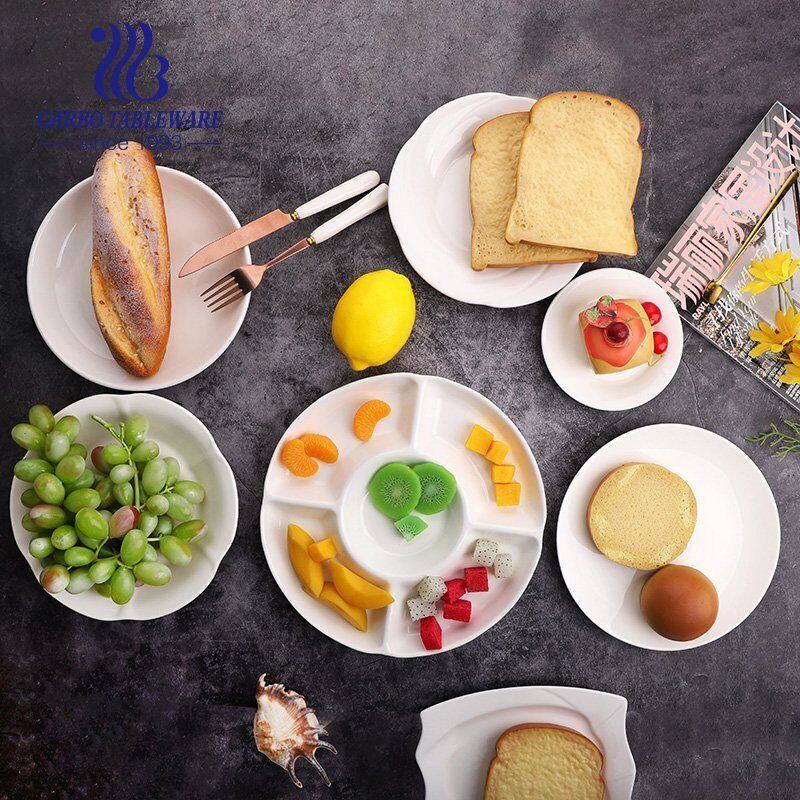
What is the difference between stoneware and porcelain?
The main difference is the water absorption rate. The water absorption rate is less than 0.5% for porcelain, more than 10% for pottery, and those with water absorption in between are semi-porcelain. Glass products are generally ceramic, with a water absorption rate of 10%. The water absorption rate is the percentage of water absorbed by the pores in the ceramic product. In addition, the base material of pottery is ordinary clay, and the base material of porcelain is china clay (kaolin).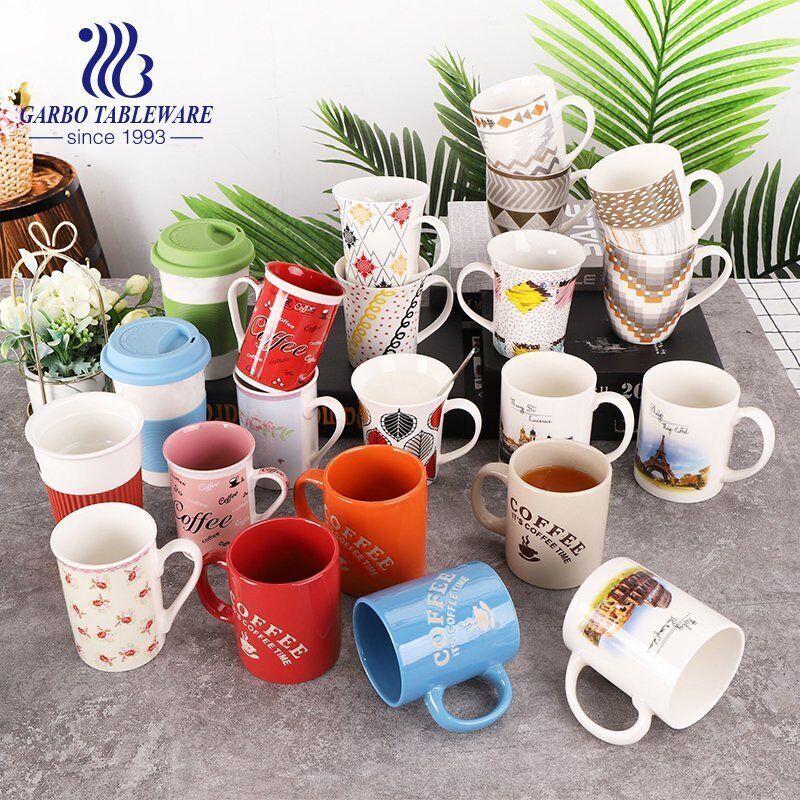
The firing temperature of pottery is about 900 degrees, while porcelain needs about 1200 degrees to be fired. Pottery is not glazed or low-temperature glazed. Porcelain is more glazed. The pottery has a coarse and loose body and a high water absorption rate in the section. After the porcelain is fired at a high temperature, the body is firm and dense, and the section basically does not absorb water, and it will make a crisp metal sound when knocked.
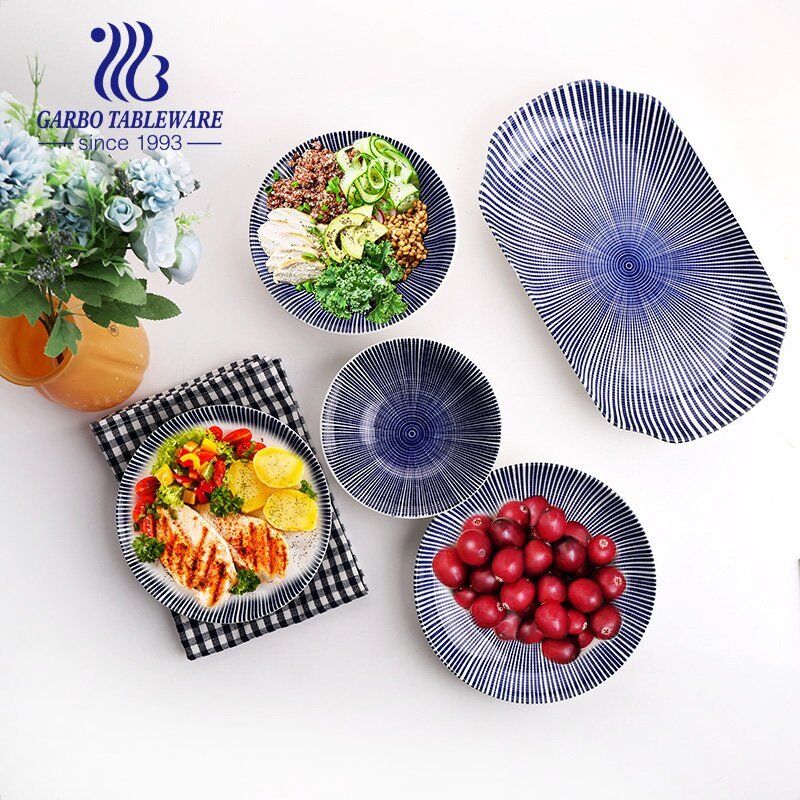
About the price of stoneware and porcelain, why not send us inqiury to us? We must try and offer you the best price.
